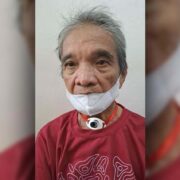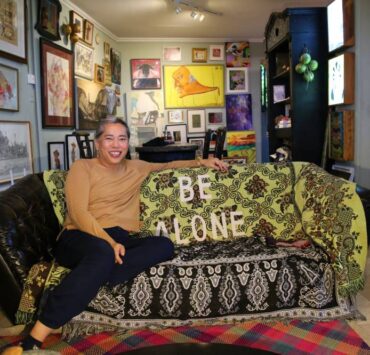Bea Zobel de Ayala: The quiet humanitarian
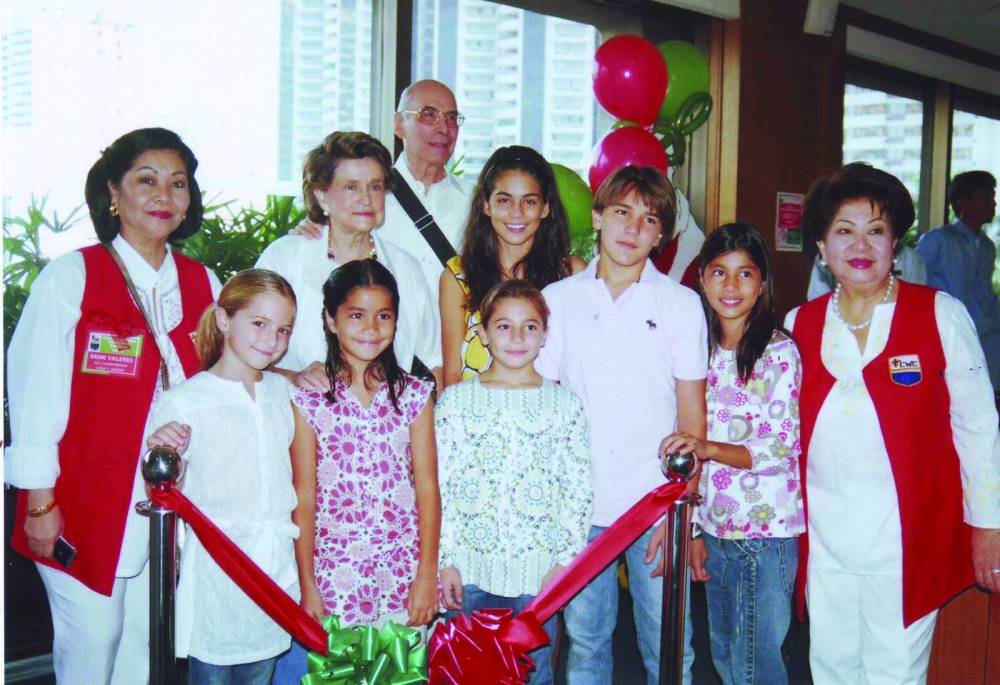
Admired for her quiet generosity and unassuming demeanor, Beatriz “Bea” Miranda Zobel de Ayala, who died on Sept. 23 at the age of 88, dedicated her life to helping others and supporting Filipino talent.
The Spanish-born humanitarian and arts patroness was a champion of local crafts, advocating for their recognition long before they gained mainstream popularity, and a benefactor for dance scholars. Additionally, she introduced the concept of selling preloved clothes for charity in Manila, a practice that has become common today.
Doña Bea, as she was known, was a lifetime member of the Catholic Women’s Club (CWC) who made significant contributions to the organization’s endeavors. “She was very hands-on,” says CWC president Mimi Valerio, referring to her active involvement in the club’s flagship service, Elsie Gaches Village (EGV).
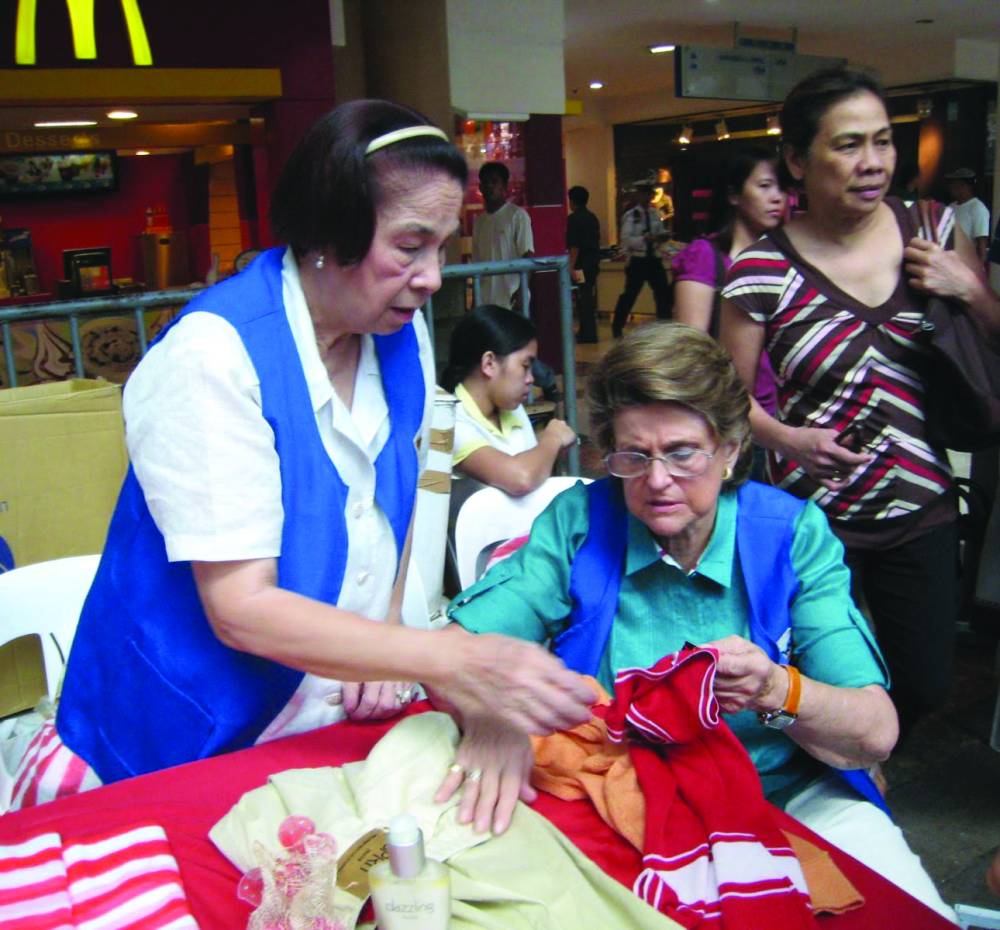
Civic leader
A member of CWC since 1961, Doña Bea believed in empowering those in need rather than simply providing handouts. Under her leadership, CWC built three pavilions at EGV from 1997 to 2001: one for abandoned babies, another for mentally challenged adults and a third for boys. The continued maintenance and monthly subsidy for two house parents demonstrate CWC’s enduring commitment to the community.
She wielded her influence to secure the Ayala-owned Hotel InterContinental Manila as a venue partner for the club’s annual Casa Y Jardin Bazaar.
For many years, she hosted the CWC Annual Fundraising Tea at her garden. These elegant events featured a variety of themes, dress codes and menus, culminating in a traditional tea pouring ceremony to honor the club’s special members.
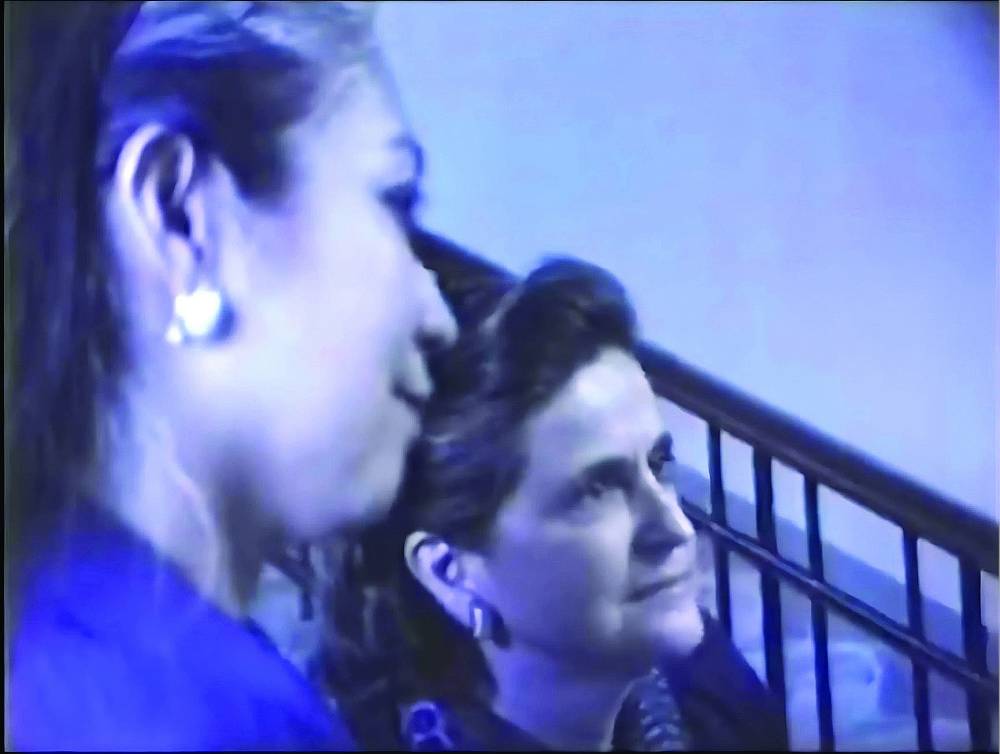
Doña Bea was a visionary entrepreneur who saw opportunities beyond the traditional scope of charity work. Observing the success of preloved clothing bazaars during her travels, she launched the CWC Clothes for a Cause at the Glorietta Activity Center in the late ’90s. Leading by example, she would personally assist at the event, tagging donated clothes and even buying items for her household staff and the Iriga Mangyans from Mindoro, a community that she helped.
When Ayala’s subsidiary, Globe Telecom, sought to occupy the Activity Center, Doña Bea stood firm. She insisted that the CWC fundraiser be given prominence, and her son, Fernando, had to relocate the Globe set-up to a corner. CWC official Nikki Valerio recalled a heartwarming incident when a visitor expressed a desire to purchase a dress but had only a few coins in her wallet. The soft-hearted Doña Bea gifted her the outfit.
In the late ’80s, Doña Bea spearheaded a drive to raise money for a bus for the out-of-town trips of the Tuloy Foundation.
Her entrepreneurial spirit extended beyond charity. In 1989, she and some friends founded Starphil, a boutique at Greenbelt, Ayala’s first high-end mall. Starphil sold imported decorative items and served as a retail outlet for her advocacy, Mangyan baskets and handicrafts.
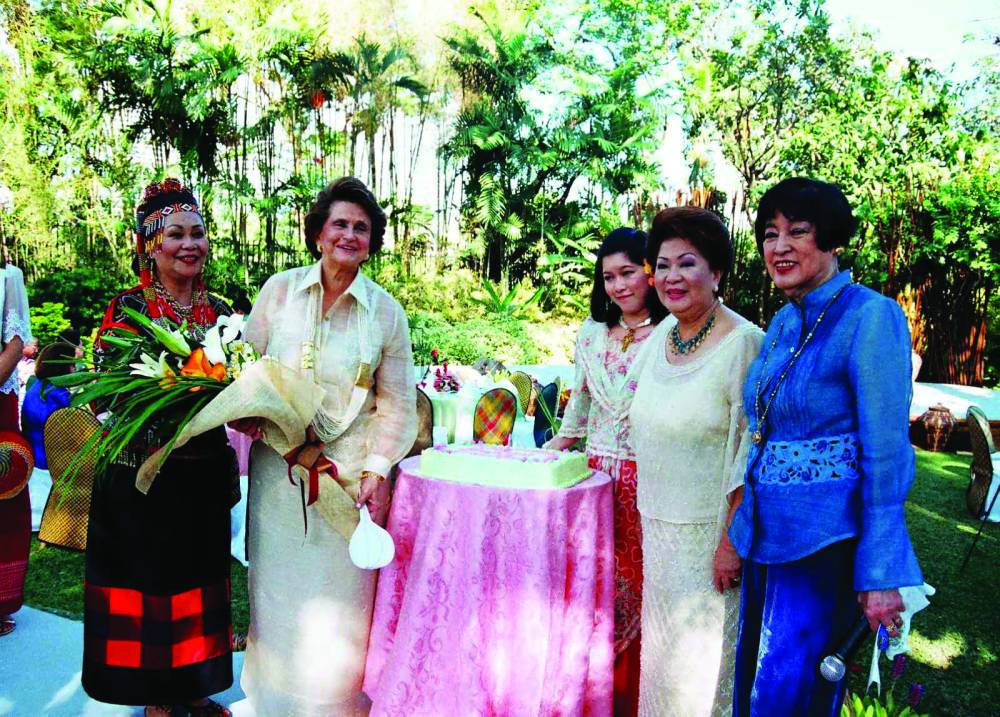
Russian tour
With her husband, Jaime Zobel de Ayala, serving as the first president of the Cultural Center of the Philippines (CCP), Doña Bea was a significant figure in the late 20th-century culture scene.
National Artist for Dance Alice Reyes had founded her namesake dance company, which later became Ballet Philippines (BP), a CCP resident company. Doña Bea’s involvement with BP began when her daughter Sofia started taking classes in 1978.
The matriarch attended rehearsals, hosted dinners for dancers at her home, and organized receptions and out-of-town trips for foreign guest artists. She eventually joined the board of BP and was elected chairperson, where she implemented initiatives to enhance professionalism and boost morale.
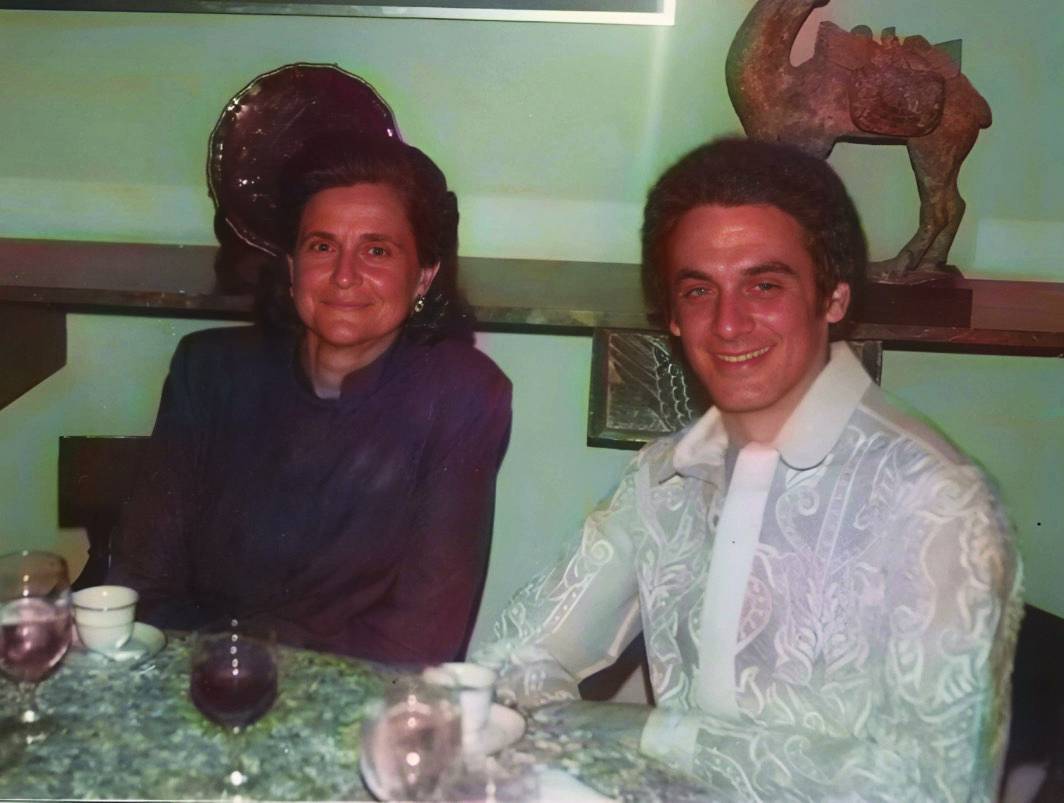
Board meetings were always enjoyable and lighthearted, recalls Reyes, who presented the artistic director’s report. Dancers had the opportunity to get to know Doña Bea closely during a cultural exchange trip to Russia in 1988. “She was a part of the group, staying in the same hotel, eating with us, and joining us on bus trips,” says former dancer Perry Sevidal.
To supplement their modest breakfasts at the hotel, Doña Bea visited the beryozka, a state-run retail store, to purchase coffee, sugar, and other food items.
“I’ll never forget when she dunked her bread with butter into her coffee and explained that that’s how it was eaten,” Sevidal says.
As they toured Moscow, Doña Bea engaged dancers with her erudite sharing of history and the arts, her sharp wit and warmth. After every performance, she beamed with pride as the Filipino dancers received numerous curtain calls.
Glam gala
When Reyes retired in 1989 and moved to California, Doña Bea had stepped down from the board to focus on other endeavors. However, they remained close. In challenging times, she offered comfort to Reyes when the latter’s mother, Adoracion, was undergoing treatment for breast cancer at Stanford Medical Center.
Doña Bea maintained a low profile within the dance scene, even as she continued to support aspiring dancers. In 1997, she reemerged into the social sphere by spearheading the gala for the Les Ballets de Monte-Carlo at the CCP. At the time, opening nights had lost their luster as audiences dressed casually. Doña Bea insisted on a black-tie affair, asserting, “Proper attire demonstrates respect for the art and the performers.”
Reyes recalls Doña Bea as the embodiment of dignity, kindness, and simplicity, never inclined to drama or flaunting her status and deeds. Her demeanor reflected a bygone era of graciousness.
Doña Bea’s legacy endures in her children, who have inherited her sense of noblesse oblige.












